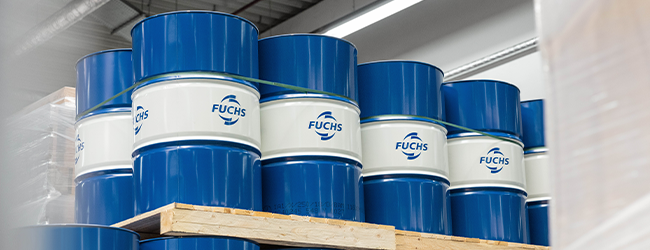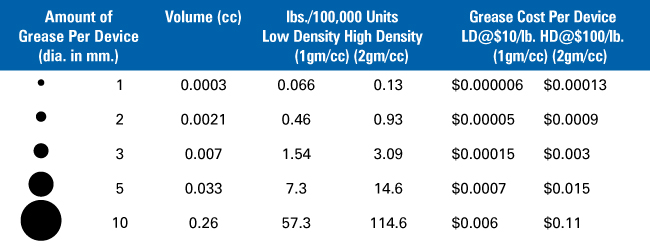Cost
Can paying for a lubricant really reduce my costs? Imagine if a washing machine transmission started leaking all over a customer’s brand-new floor. Between maintenance workers, replacement appliances, and a PR nightmare, this could end up costing hundreds of thousands, if not millions, of dollars in damage control. Lubricants are an insurance policy that protect your components now, so you can save you money later from recalls, downtime, or redesigns.

Lubricants protect components from wear-related failure that can lead to safety hazards, costly recall claims, and a tarnished brand reputation. Nye’s automotive lubricants have helped dozens of OEMs prevent recalls and respond to recalls appropriately.
Nye’s specialty lubricants are designed to withstand your operating conditions and last longer in your application, reducing the need for costly downtime and maintenance. We offer lubricants for everything from food and beverage manufacturing equipment to high-risk semiconductor manufacturing equipment.
Spec in lubricants now, not later. Would you forget to include a bearing or gear in your design? Of course not, these components are critical to the functionality of your design. Lubricants are also critical design feature as they improve the reliability of your application. Going back to add a lubricant requires extra design time and resources that push out the completion date of your project.
How Much Does Synthetic Grease Cost?
This table helps estimate the per-device cost of specialty greases. The dots, whose diameters are noted in millimeters, represent various “dollops” of grease. The volume of each dollop is given in milliliters in the second column. The next two columns indicate the weight of grease in pounds needed to lubricate 100,000 devices, if each device uses the amount of grease shown in the first column.
Calculating the Approximate Cost of Synthetic Grease in U.S Dollars

“LD” stands for low or standard-density grease, that is, a grease with a density close to 1g/ml, such as most synthetic hydrocarbon, silicone, or ester-based greases. “HD” stands for high-density grease, that is, a grease with a density closer to 2g/ml, such as fluorinated ether-based greases. (Some fluorocarbon-gelled greases are intermediate in density; some hydrocarbon greases have densities lower than 1g/ml) Note that the volume is equivalent to the weight of the dollop in grams for an LD grease; an HD grease would weigh twice as many grams. The last two columns list the grease cost per device in cents, not dollars.
Want to learn more? Contact Us.

